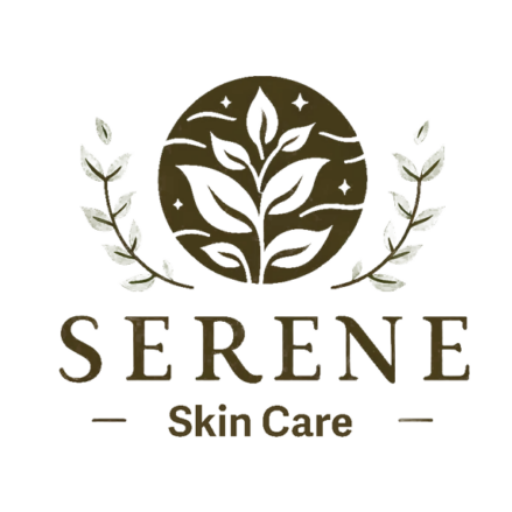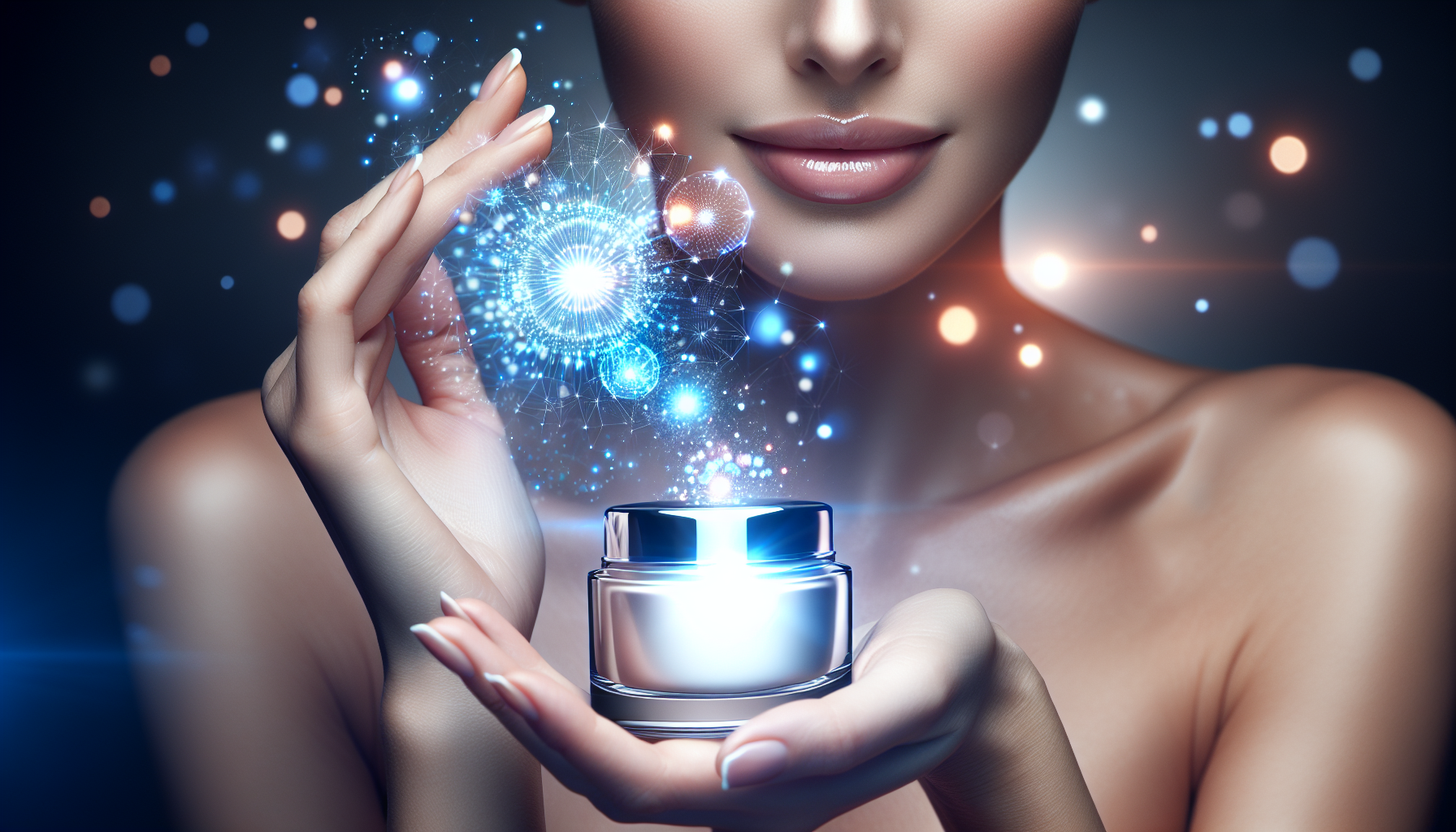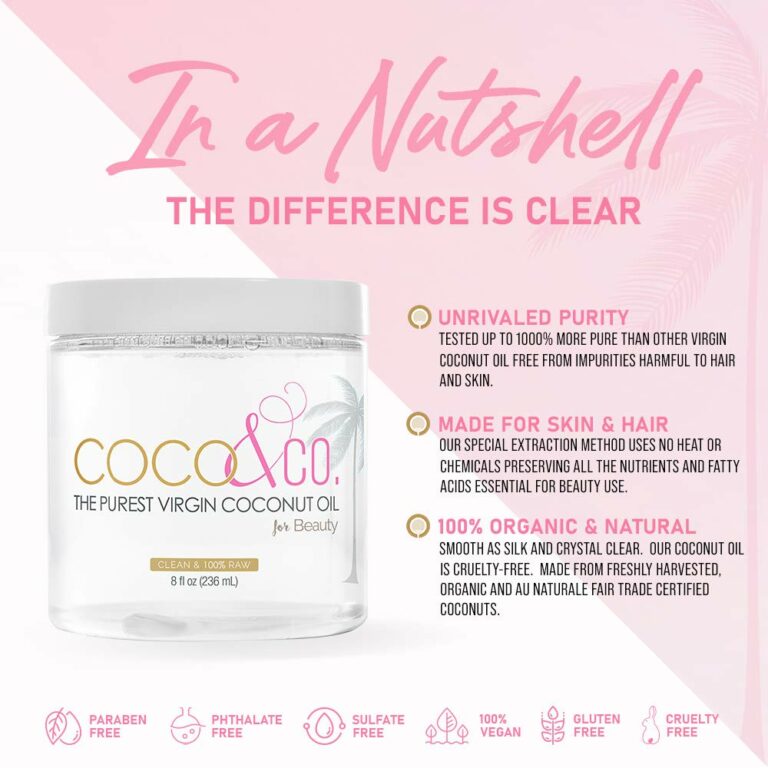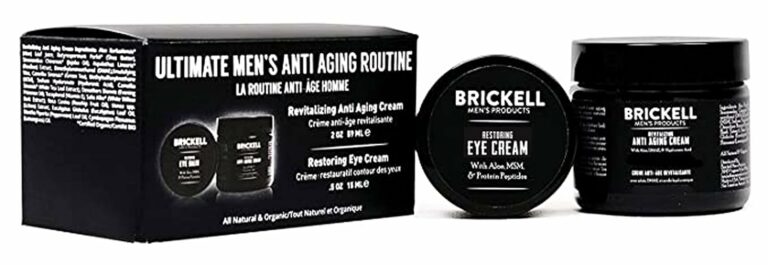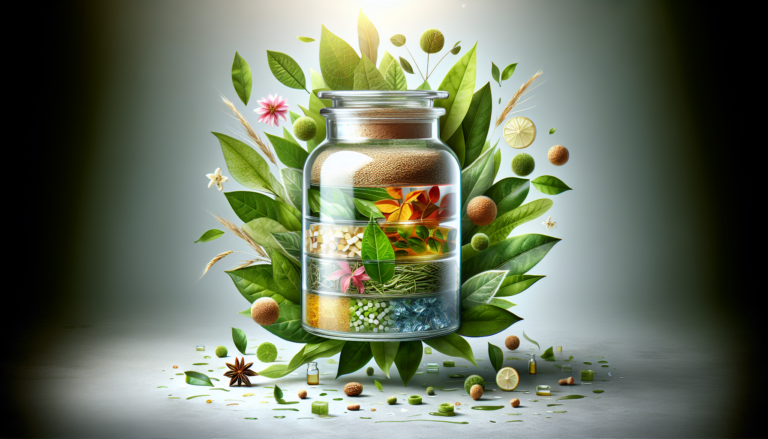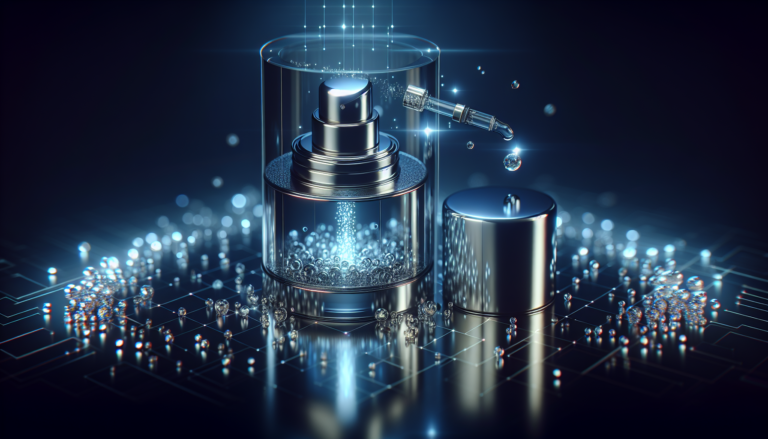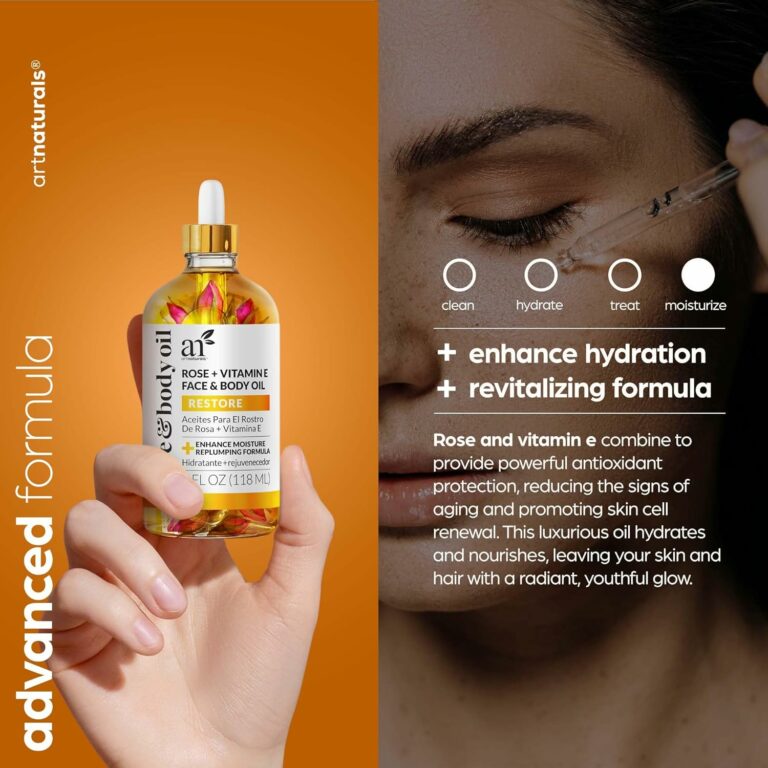Has time been leaving its mark on your skin lately? Fear not! In this guide, we will reveal some highly effective strategies to combat the signs of aging and restore your skin’s youthful glow. Whether you’re battling fine lines, wrinkles, or sagging skin, these expert tips will help you take control of the aging process and achieve radiant, rejuvenated skin. Get ready to discover the secrets to a more youthful appearance and embark on a journey towards timeless beauty.
H2: Skincare Routine
Taking care of your skin is essential for maintaining a youthful appearance. A consistent skincare routine can help prevent signs of aging and keep your skin healthy and vibrant. In this guide, we will go through the steps of a comprehensive skincare routine and provide you with tips for achieving youthful and radiant skin.
H3: Daily Cleansing
The first step in any skincare routine is daily cleansing. Cleansing your skin removes dirt, oil, and impurities that can clog your pores and lead to breakouts. It is important to use a gentle cleanser that is suitable for your skin type. Avoid harsh cleansers that strip your skin of its natural oils, as this can cause dryness and irritation. Instead, opt for a cleanser that leaves your skin feeling clean and refreshed.
When cleansing your face, remember to use lukewarm water. Hot water can strip away the natural oils on your skin, leading to dryness. Gently massage the cleanser onto your skin in circular motions, focusing on areas prone to oiliness or congestion, such as your T-zone. After rinsing off the cleanser, pat your skin dry with a clean towel. Avoid rubbing your face, as this can cause irritation.
H3: Exfoliation
Exfoliation is an important step in any skincare routine, as it helps to remove dead skin cells and reveal fresh, radiant skin. There are two types of exfoliation: physical and chemical. Physical exfoliation involves using a scrub or brush to manually remove dead skin cells, while chemical exfoliation involves using products that contain enzymes or acids to dissolve dead skin cells.
To exfoliate your skin, choose a product that is suitable for your skin type and follow the instructions on the packaging. Be gentle when applying the exfoliator, avoiding harsh rubbing or scrubbing. Over-exfoliating can irritate the skin, so it is recommended to exfoliate only 1-2 times a week, depending on your skin’s sensitivity.
H3: Moisturizing
Moisturizing is a crucial step in any skincare routine, as it helps to hydrate the skin and maintain its natural moisture barrier. When choosing a moisturizer, look for one that is suitable for your skin type. If you have oily skin, opt for a lightweight, oil-free moisturizer. For dry skin, choose a richer, more nourishing moisturizer.
After cleansing and exfoliating, apply moisturizer to your face and neck. Gently massage the moisturizer into your skin using upward motions. This helps to promote blood circulation and absorption of the product. If you have specific skin concerns, such as wrinkles or discoloration, consider using a targeted treatment serum before applying moisturizer.
H3: Sun Protection
One of the most important steps in your skincare routine is sun protection. Sun exposure can cause premature aging, wrinkles, and even skin cancer. To protect your skin from harmful UV rays, it is essential to use sunscreen every day, even on cloudy days or during the winter months.
Choose a broad-spectrum sunscreen with an SPF of 30 or higher. Apply sunscreen generously to all exposed areas of your body, including your face, neck, and hands. Reapply sunscreen every two hours, or more frequently if you are sweating or swimming. Don’t forget to wear protective clothing and seek shade during the sun’s peak hours.
H2: Healthy Diet and Hydration
In addition to a skincare routine, maintaining a healthy diet and staying hydrated are key factors in achieving youthful and radiant skin. The food you eat and the amount of water you drink can significantly impact the health and appearance of your skin.
H3: Importance of Diet
Eating a balanced diet rich in nutrients is essential for maintaining healthy skin. Certain vitamins and minerals are particularly beneficial for the skin’s health. Vitamin C, for example, is known for its antioxidant properties and ability to promote collagen production. Collagen is a protein that helps to maintain the skin’s elasticity and firmness, making it an important factor in preventing signs of aging.
Adding foods that are high in antioxidants to your diet can also help protect your skin from damage caused by free radicals. Free radicals are unstable molecules that can cause oxidative stress and contribute to the aging process. Berries, leafy greens, and nuts are all excellent sources of antioxidants.
H3: Foods for Youthful Skin
Certain foods are known for their skin-friendly properties and can help you achieve a youthful complexion. Omega-3 fatty acids, found in fatty fish, walnuts, and flaxseeds, have anti-inflammatory properties and can help to keep the skin supple and moisturized. Research has also shown that consuming foods rich in carotenoids, such as tomatoes, carrots, and sweet potatoes, can improve the skin’s color and tone.
Additionally, incorporating foods that are rich in collagen-building nutrients can help promote healthy skin. Foods like bone broth, citrus fruits, and leafy greens provide the essential vitamins and minerals needed for collagen synthesis.
H3: Hydration Tips
Drinking an adequate amount of water is crucial for maintaining hydrated and youthful skin. Water helps to flush out toxins, moisturize the skin from within, and improve overall skin complexion. Aim to drink at least 8 glasses of water per day, or more if you are physically active or live in a dry climate.
To increase your water intake, carry a water bottle with you throughout the day and make it a habit to sip water regularly. Infused water with fresh fruits or herbs can also add flavor and make hydration more enjoyable. Additionally, moisturizing your skin externally with a hydrating facial mist or serum can help lock in moisture and keep your skin glowing.
H2: Lifestyle Choices
Apart from skincare and diet, certain lifestyle choices can also have a significant impact on the health and appearance of your skin. By making positive changes in your daily habits, you can enhance the effectiveness of your skincare routine and maintain a youthful complexion.
H3: Avoiding Smoking and Alcohol
Smoking and excessive alcohol consumption can have detrimental effects on your skin. Smoking reduces blood flow to the skin, depriving it of oxygen and nutrients, which can lead to dullness, wrinkles, and a lack of elasticity. Additionally, smoking increases the production of enzymes that break down collagen, accelerating the aging process.
Alcohol, on the other hand, dehydrates the skin and dilates blood vessels, leading to redness and inflammation. Over time, this can result in broken capillaries and a dull complexion. By avoiding smoking and moderating your alcohol intake, you can help maintain the health and youthfulness of your skin.
H3: Getting Enough Sleep
Getting adequate sleep is essential for your overall health and wellbeing, and it also plays a crucial role in the health of your skin. During sleep, your body repairs and regenerates cells, including skin cells. Lack of sleep can disrupt this process and lead to a dull complexion, fine lines, and dark under-eye circles.
To promote healthy skin, aim to get 7-9 hours of uninterrupted sleep each night. Establishing a bedtime routine, practicing relaxation techniques, and creating a sleep-friendly environment can all help improve the quality and duration of your sleep.
H3: Managing Stress
Chronic stress can have a negative impact on your skin, leading to increased oil production, breakouts, and premature aging. When you are stressed, your body releases cortisol, a hormone that can contribute to inflammation and the breakdown of collagen.
To manage stress and protect your skin, incorporate stress-reducing activities into your daily routine. These can include exercise, meditation, deep breathing exercises, or engaging in hobbies that bring you joy. Taking time for self-care and prioritizing your mental health can have a positive impact on both your well-being and the health of your skin.
H2: Skincare Products and Ingredients
Choosing the right skincare products and understanding the ingredients they contain is vital for achieving the best results for your skin. With so many options available on the market, it can be overwhelming to know which products to use and which ingredients to look for. Here are some tips to help you make informed choices.
H3: Choosing the Right Products
When selecting skincare products, it is important to consider your skin type and specific concerns. If you have dry skin, look for products that provide intense hydration, such as creams or oils. For oily or acne-prone skin, opt for lightweight, non-comedogenic formulas that won’t clog your pores.
Reading product labels can also help you determine if a product is suitable for your skin. Look for key terms such as “fragrance-free,” “paraben-free,” or “hypoallergenic” if you have sensitive skin. Additionally, products that contain antioxidants, such as vitamin C or green tea extracts, can provide added benefits for your skin.
H3: Understanding Ingredients
Understanding the ingredients in skincare products can help you make educated decisions about what you are putting on your skin. Some common ingredients to look out for include:
- Hyaluronic Acid: Known for its excellent hydrating properties, hyaluronic acid helps to plump and moisturize the skin, reducing the appearance of fine lines.
- Retinoids: Retinoids, derived from vitamin A, are known for their ability to stimulate collagen production and accelerate cell turnover, resulting in smoother and more youthful-looking skin.
- Alpha Hydroxy Acids (AHAs): AHAs, such as glycolic acid and lactic acid, exfoliate the skin, removing dead cells and promoting cell renewal. They can improve the appearance of fine lines, discoloration, and uneven texture.
- Antioxidants: Antioxidants, such as vitamins C and E, help protect the skin from damage caused by free radicals, reduce inflammation, and promote collagen production.
H3: Retinoids and Vitamin C
Retinoids and vitamin C are two powerful skincare ingredients that can make a significant difference in the appearance of your skin.
Retinoids, available in both prescription and over-the-counter forms, have been extensively studied and proven to stimulate collagen production, reduce the appearance of wrinkles, and improve skin texture. They also help to regulate oil production and unclog pores, making them beneficial for acne-prone skin. It is important to start with a low concentration of retinoids and gradually increase usage to avoid skin irritation.
Vitamin C is a potent antioxidant that helps to protect the skin from free radical damage, brighten the complexion, and promote collagen synthesis. It can also help to fade dark spots and improve skin tone. Look for stable forms of vitamin C, such as L-ascorbic acid or tetrahexyldecyl ascorbate, and use products that contain a concentration of at least 10%.
H2: Facial Exercises and Techniques
Facial exercises and massage techniques can complement your skincare routine by improving blood circulation, toning muscles, and promoting lymphatic drainage. Incorporating these exercises into your routine can help to reduce the appearance of wrinkles, improve skin elasticity, and give your face a natural lift.
H3: Benefits of Facial Exercises
Facial exercises, also known as facial yoga or facial gymnastics, involve targeted movements and stretches to exercise the muscles in your face. Regular practice can help to tone facial muscles, improve circulation, and reduce tension. These exercises can also boost collagen production and promote a youthful appearance.
Benefits of facial exercises include:
- Reduction of fine lines and wrinkles: Certain exercises can help to strengthen the muscles underlying the skin, which can minimize the appearance of wrinkles.
- Improved facial symmetry: Facial exercises can help balance muscle tone on both sides of the face, resulting in improved symmetry and a more balanced appearance.
- Increased blood flow and oxygenation: By stimulating blood circulation, facial exercises can deliver more oxygen and nutrients to the skin, promoting a healthy and radiant complexion.
- Enhanced relaxation: Facial exercises often incorporate relaxation techniques, such as deep breathing or meditation, which can help reduce stress levels and promote a sense of calm.
H3: Facial Massage Techniques
Facial massage techniques can improve blood circulation, relax facial muscles, and promote lymphatic drainage. Here are a few simple massage techniques you can incorporate into your skincare routine:
- Gently tap your fingertips all over your face to stimulate blood flow and awaken your skin.
- Use light, upward strokes to massage your moisturizer or facial oil into your skin. This can help to improve product absorption and promote lymphatic drainage.
- Use your knuckles to massage your temples and jawline in circular motions to release tension and promote relaxation.
- Massage your forehead and the area between your eyebrows using gentle upward strokes to reduce the appearance of forehead lines.
Adding facial exercises and massage techniques to your daily routine can not only improve the health and appearance of your skin but also provide a moment of relaxation and self-care.
H2: Sleep Position and Pillowcase
Believe it or not, your sleep position and the type of pillowcase you use can have an impact on your skin. Making small adjustments in these areas can help prevent wrinkles, acne, and other skin concerns.
H3: Impact of Sleep Position on Skin
Your sleep position can contribute to the development of wrinkles and fine lines. Sleeping on your side or stomach can cause creases and compression lines on your face, particularly around your eyes and mouth. Over time, these creases can become permanent wrinkles. Sleeping on your back is considered the best position for minimizing these sleep-induced wrinkles.
If you find it challenging to sleep on your back, try using a silk or satin pillowcase. These materials create less friction and enable your skin to glide smoothly over the surface, reducing the likelihood of sleep lines and wrinkles.
H3: Choosing the Right Pillowcase
When it comes to choosing the right pillowcase for your skin, opt for silk or satin instead of cotton or polyester. Silk and satin are smoother and cause less friction against your skin, preventing creasing and potential damage.
These materials also help to retain moisture, as they don’t absorb as much of your skin’s natural oils and moisture as cotton does. This can be especially beneficial for those with dry or sensitive skin.
Investing in a silk or satin pillowcase may seem like a small change, but over time, it can have a significant impact on the overall health and appearance of your skin.
H2: Avoiding Harsh Chemicals and Irritants
Avoiding harsh chemicals and irritants in your skincare routine is essential for maintaining healthy and resilient skin. Some ingredients commonly found in skincare products can cause irritation, dryness, or allergic reactions. By identifying these ingredients and choosing gentle alternatives, you can minimize the risk of adverse reactions and keep your skin happy and healthy.
H3: Identifying Harsh Chemicals
Harsh chemicals commonly found in skincare products include sulfates, fragrances, parabens, and artificial colors. These ingredients can strip your skin of its natural oils, disrupt the skin’s barrier function, or cause inflammation. Individuals with sensitive skin or specific allergies may be particularly susceptible to adverse reactions.
To avoid harsh chemicals, carefully read the ingredient labels of your skincare products. Look for products that are labeled as “fragrance-free” or “paraben-free.” Additionally, choose products with a short ingredient list and recognizable, natural ingredients to minimize the risk of irritation.
H3: Gentle Alternatives
When it comes to skincare, gentler is often better. Look for products that are formulated with gentle alternatives to harsh chemicals. For example, opt for sulfate-free cleansers, which are less likely to cause dryness or irritation. Fragrance-free products or those with natural botanical extracts can provide a pleasant scent without the risk of allergic reactions.
Another alternative to consider is using natural oils instead of synthetic moisturizers. Natural oils, such as jojoba oil or argan oil, can help to nourish and hydrate your skin without clogging your pores or causing irritation. These oils mimic the skin’s natural sebum and can be particularly beneficial for individuals with dry or sensitive skin.
By avoiding harsh chemicals and opting for gentle alternatives, you can minimize the risk of skin irritation and maintain a healthy and balanced complexion.
H2: Protecting Skin from Pollution
In today’s urban environments, exposure to pollution is inevitable. Air pollution, such as smog and fine particles, can have a detrimental effect on your skin. It can contribute to premature aging, dullness, and an increase in skin sensitivity. However, there are steps you can take to protect your skin from pollution and minimize its effects.
H3: Cleansing and Detoxifying
One of the most effective ways to protect your skin from pollution is through proper cleansing. Cleansing your skin at the end of the day helps to remove pollutants that have accumulated on your skin’s surface. Use a gentle cleanser that is suitable for your skin type and massage it into your skin using circular motions. Pay extra attention to areas that are more exposed, such as your face and neck.
In addition to regular cleansing, consider incorporating detoxifying treatments into your skincare routine. Clay masks or charcoal masks can help to draw out impurities and toxins from your skin, leaving it clean and refreshed. These masks can be applied once or twice a week, depending on your skin’s needs.
H3: Barrier Protection
Creating a barrier between your skin and pollution can help to minimize its effects. Apply a lightweight, moisturizing sunscreen every morning, even on cloudy days. Look for sunscreens that provide broad-spectrum protection and have an SPF of 30 or higher. This will shield your skin from harmful UVA and UVB rays while acting as a physical barrier against pollution.
Additionally, consider using skincare products that contain antioxidants. Antioxidants, such as vitamin C or green tea extracts, can help neutralize free radicals caused by pollution and protect your skin from oxidative stress. These products work to strengthen your skin’s natural defense mechanisms and minimize the damage caused by pollution.
By implementing these protective measures into your skincare routine, you can help shield your skin from the harmful effects of pollution and maintain a healthy complexion.
H2: Non-Invasive Skin Treatments
Non-invasive skin treatments offer effective alternatives to more invasive procedures for achieving youthful and radiant skin. These treatments can address a variety of skin concerns, from wrinkles and fine lines to uneven texture and pigmentation. Here are a few popular non-invasive skin treatments to consider.
H3: Microdermabrasion
Microdermabrasion is a non-invasive treatment that helps to exfoliate and rejuvenate the skin. It involves using a handheld device to gently exfoliate the outermost layer of the skin, removing dead skin cells and stimulating collagen production. This can result in smoother, brighter skin with improved texture and tone.
Microdermabrasion is suitable for all skin types and has minimal downtime. It can be particularly beneficial for individuals with fine lines, mild acne scarring, hyperpigmentation, or dullness. Multiple sessions may be required to achieve optimal results, and it is important to protect your skin with sunscreen after the treatment.
H3: Chemical Peels
Chemical peels are another non-invasive treatment option for rejuvenating the skin and improving its appearance. During a chemical peel, a solution is applied to the skin to exfoliate and remove the outer layers. This promotes cell turnover and stimulates collagen production, resulting in smoother and more even-toned skin.
Chemical peels can address a variety of concerns, including wrinkles, acne, hyperpigmentation, and uneven texture. The strength of the peel can be adjusted depending on your specific needs and skin type. It is important to follow proper aftercare instructions, including avoiding sun exposure and using sunscreen, as the skin may be more sensitive after a chemical peel.
H3: Laser Therapy
Laser therapy is a non-invasive treatment that uses focused light to target specific skin concerns. Different types of lasers can be used to address various concerns, such as wrinkles, acne scars, pigmentation, and vascular conditions. Laser treatments work by stimulating collagen production, reducing the appearance of fine lines, and improving overall skin texture and tone.
Laser therapy is performed by a trained professional and may require multiple sessions to achieve optimal results. The downtime varies depending on the type of laser used and the treatment area. It is important to follow post-treatment instructions carefully, as the skin may be more sensitive and require additional protection from the sun.
Non-invasive skin treatments offer a safe and effective way to improve the appearance of your skin without the need for surgery or extensive downtime. Consult with a dermatologist or skincare professional to determine which treatment option is best suited for your specific concerns.
H2: Regular Dermatologist Visits
While establishing a solid skincare routine and incorporating healthy habits into your lifestyle can go a long way in maintaining your skin’s health, regular visits to a dermatologist are essential for complete skin care and evaluation. Dermatologists are experts in diagnosing and treating various skin concerns and can provide personalized recommendations based on your specific needs.
H3: Importance of Professional Consultation
Visiting a dermatologist is crucial for several reasons. Firstly, they can perform a thorough evaluation of your skin, identifying any potential issues or areas of concern. A dermatologist can assess your skin type, identify any underlying conditions, and provide accurate diagnoses for any skin concerns you may have.
Secondly, a dermatologist can offer personalized advice and recommendations based on your unique skin type and concerns. They can suggest specific skincare products, treatments, or lifestyle modifications to optimize your skin’s health and address any issues you may be facing.
H3: Skin Evaluation
During a dermatologist visit, your skin will be thoroughly evaluated. The dermatologist will examine your skin for any unusual moles, growths, or other abnormalities that may indicate skin cancer or other serious conditions. They can also provide guidance on how to perform regular self-exams at home to monitor your skin for any changes.
Additionally, a dermatologist can evaluate your skin’s texture, tone, and hydration levels, offering insights into how to improve your skin’s appearance and address any concerns you may have.
H3: Treatment Recommendations
If you are struggling with specific skin concerns, a dermatologist can recommend appropriate treatments to address them. Whether it’s acne, rosacea, hyperpigmentation, or fine lines, a dermatologist can prescribe medications, suggest topical treatments, or recommend in-office procedures to address your unique needs. They can also provide guidance on how to incorporate these treatments into your skincare routine for maximum effectiveness.
Regular visits to a dermatologist will help ensure that your skin remains healthy, vibrant, and free from any concerning conditions. By working in partnership with a dermatologist, you can develop a comprehensive care plan tailored to your individual skin type and needs.
In conclusion, adopting an effective anti-aging skincare routine is essential for maintaining youthful and radiant skin. Daily cleansing, exfoliation, moisturizing, and sun protection form the foundation of a comprehensive routine. Additionally, incorporating a healthy diet, staying hydrated, and making positive lifestyle choices can further enhance the results. Understanding ingredients, incorporating facial exercises and massage techniques, and choosing the right sleep position and pillowcase can also contribute to a more youthful appearance. By avoiding harsh chemicals and protecting the skin from pollution, you can maintain its health and vitality. Non-invasive skin treatments and regular visits to a dermatologist can provide additional support and guidance in achieving your skincare goals. By following these strategies and dedicating time to caring for your skin, you can achieve a youthful and radiant complexion at any age.
